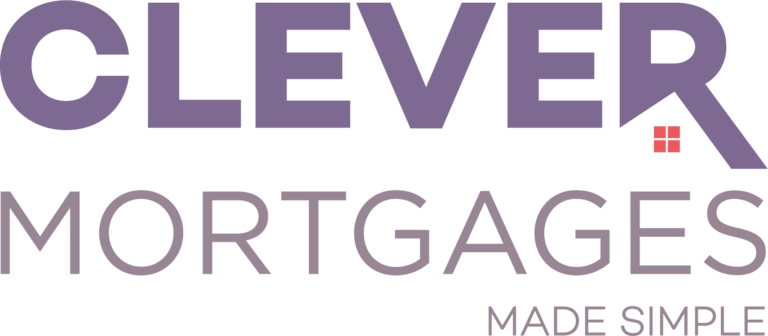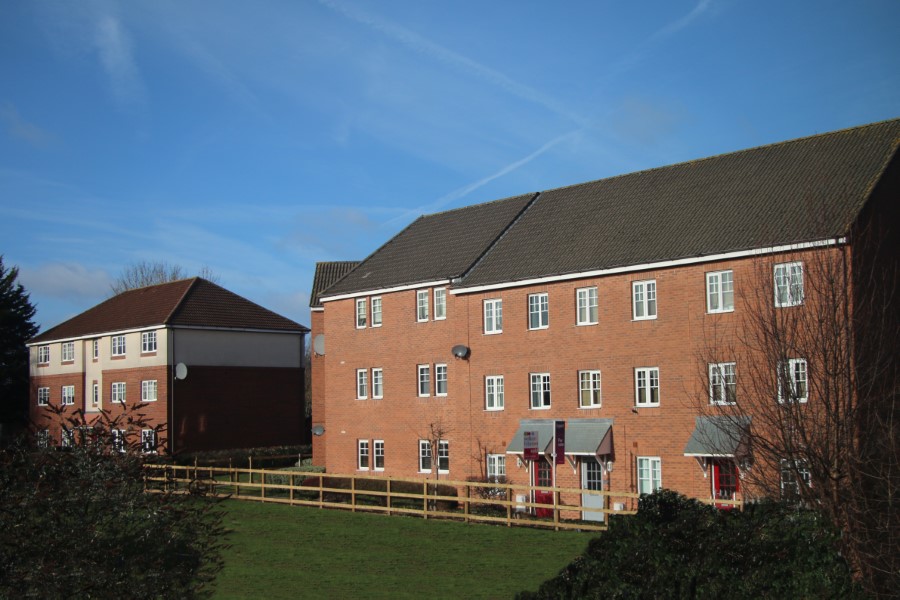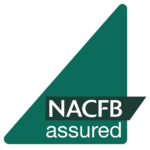Thinking about becoming a landlord? Buying a property to rent out can be a smart investment, but it comes with some key considerations. One of the first steps is securing a buy-to-let mortgage. Don’t worry if you’re new to the landlord world—it’s possible to get started even if this is your first time!
Let’s break it down like we’re chatting over coffee:
What Exactly Is a Buy-to-Let Mortgage?
A buy-to-let (BTL) mortgage is designed for purchasing a property you plan to rent out. You can’t just take out a regular residential mortgage for this—it’s a no-go with most lenders unless the loan is specifically for rental purposes.
Here’s what makes BTL mortgages different:
- Interest-Only Payments: Most buy-to-let mortgages are interest-only, meaning you pay just the interest each month (often covered by rental income), with the loan itself paid off later.
- Affordability Based on Rental Income: Lenders assess how much rent you’ll likely earn. Typically, they want rental income to cover 125-145% of your mortgage payments.
- Higher Rates and Fees: These mortgages tend to have steeper costs than residential ones.
- Not FCA-Regulated: Most BTL mortgages aren’t overseen by the Financial Conduct Authority.
While most landlords opt for interest-only loans for flexibility and tax efficiency, you can also choose repayment mortgages to chip away at the debt over time.
How Much Deposit Do You Need?
Expect to put down at least 20-25% of the property’s value as a deposit. Some lenders may even allow as little as 15%, but those deals are rare.
For example, if you’re buying a £300,000 property, you’ll need a minimum deposit of £60,000 (20%). The bigger the deposit, the better the rates you’re likely to get.
How Much Can You Borrow?
The amount you can borrow hinges on how much rental income the property is expected to generate. Most lenders require the rent to exceed your mortgage payments by 125-145%.
Need a quick calculation? Use a Buy-to-Let Mortgage Calculator to estimate monthly costs and potential loan amounts.
Am I Eligible for a Buy-to-Let Mortgage?
Each lender has their own rules, but here’s what most look for:
- Age: Usually, you need to be 21+ (with a max age of 75-80).
- Property Type: Non-standard constructions might need specialist lenders.
- Landlord Experience: Experience helps, but first-time landlords can still qualify.
- Homeownership: Many lenders prefer if you already own a home, but it’s not always essential.
- Income Proof: Rental projections and possibly personal income evidence.
- Credit History: Clean credit opens more doors, but there are options for those with less-than-perfect records.
Other Costs to Consider
It’s not just about the mortgage! Here’s what else to budget for:
- Unlet Periods: There may be times when your property is empty—plan for this.
- Maintenance Costs: From fixing boilers to unexpected repairs, having a safety net is key.
- Survey & Legal Fees: You’ll need a surveyor and a solicitor to handle the property purchase.
Is Buy-to-Let Right for You?
Becoming a landlord can be rewarding, but it requires planning and a clear financial strategy. By securing the right mortgage and staying on top of your finances, you can turn your property investment into a steady income source.
Ready to explore your options? Let’s chat! We’re here to guide you every step of the way and find the perfect buy-to-let mortgage tailored to your needs.



